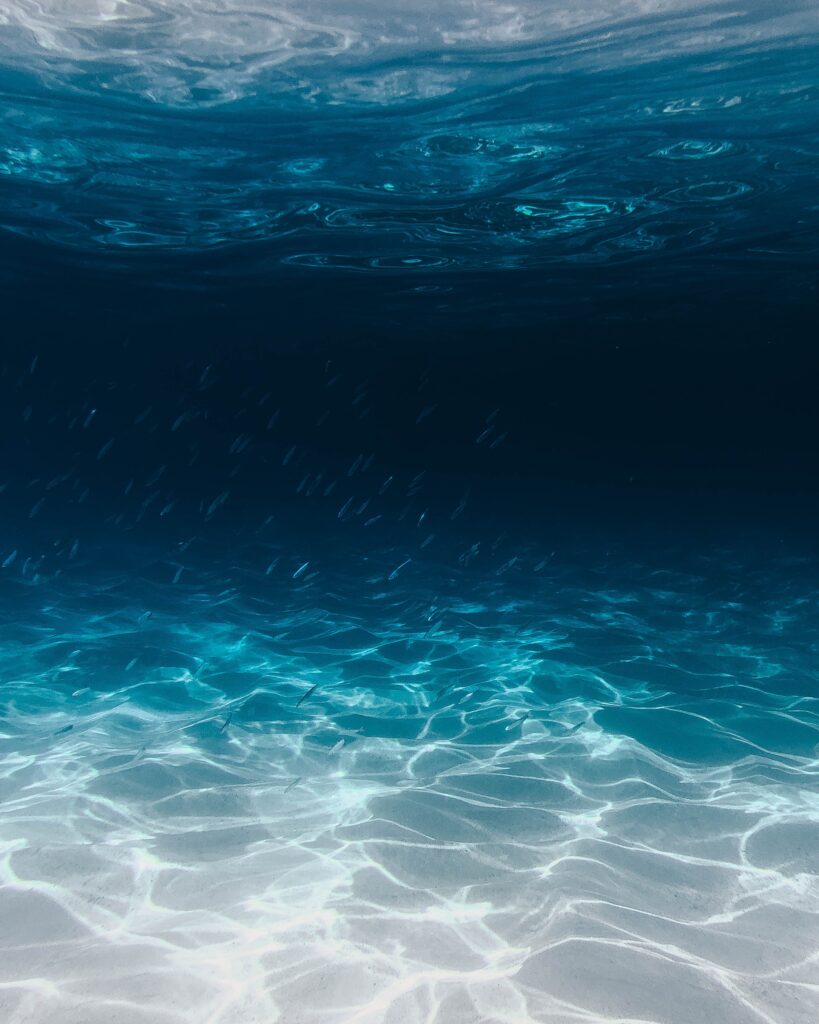HAF: Underwater Robotics Sensor Networks with Multi-Mode Devices and Remote Power Charging Capabilities

Funding: The project is funded by a Grant of Excellence from the Icelandic Research Fund in January 2023.
Duration: The project duration is 3 years, from August 2023 to July 2026.
Project Description: Recent developments in the field of communications, smart devices and networks have given new opportunities for underwater activities. There are however two hurdles to applying the recent technologies for underwater purposes.
- CHALLENGE 1: The natural attenuation of electromagnetic signals in the ocean, which renders radio communications practically useless. Thus, most of the communications in the ocean have so far been carried out through acoustic signals, which have very limited bandwidth and accordingly very low data rates.
- CHALLENGE 2: The second hurdle is the need for long-term powering of electronic devices. Replacing batteries in devices/instruments/sensors that are placed far away and deep underwater is not easily accessible. Unlike devices/instruments/sensors on land/terrestrial, there is no solar or wind power harvesting to keep them energized for an extended time.
The objectives of the HAF project, are to carry out research on the viability of solutions to these challenges and demonstrate how they may be applied to bring the recent technologies of communications, smart devices and networks to the world of underwater monitoring and activities in the North Atlantic area.
The HAF overall objective is to design and develop an autonomous Underwater Robotic Sensor Network (URSN), with multi-mode (acoustic and magnetic induction mode) devices and underwater remote power charging capabilities for long-time operation that can co-operatively accomplish their missions and communicate with nearby robots and long-distance base stations.
The project is divided into four main work packages: WP1 – Acoustic Ultra-Massive MIMO, WP2 – High-Performance Magnetic MIMO, WP3 – Multi-robot Co-operative Ultra-Massive MIMO, and WP4 – Autonomous Underwater Power Delivery.
Project Partners:
- University of Iceland, School of Engineering and Natural Sciences / Department of Electrical and Computer Engineering
- Marine and Freshwater Research Institute, Iceland
- Teledyne Gavia, Iceland
- Arctic Fish, Iceland
